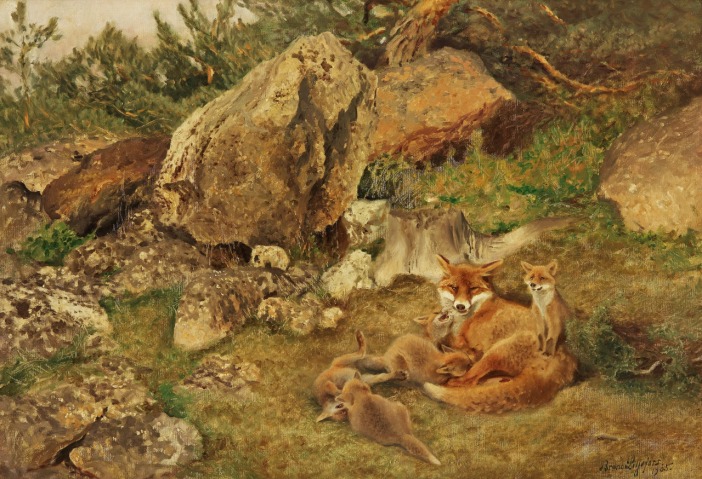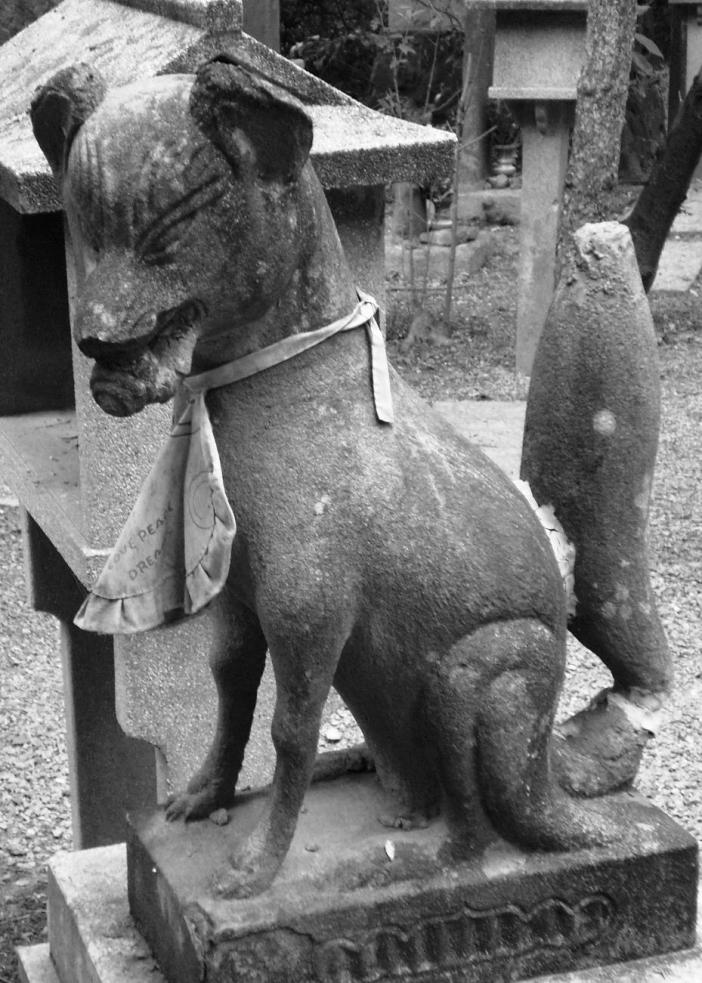
This is just some off-the-cuff musing here… I’ve noticed that among Western followers of Shinto or hybrid Shinto-paganism (example), Inari seems to be the most popular “patron” deity. My initial take on this, and this isn’t meant disrespectfully or judgmentally, is that this is because (1) Inari is very popular in Japan, one of the few kami that isn’t rooted to one particular locality, and is associated with a host of life events and activities that tend to be important to people, especially food, fertility, and general prosperity; (2) Inari is incredibly polyvalent so there’s lots of room for individual interpretation, which while rather unusual in Japanese culture, fits well with generalized Western values; (3) Western pagans seem to have a real attachment to the notion of matron/patron deities and to explicitly devotional polytheism; and (4) Inari is associated with foxes which are adorable.
But I recently finished reading Karen Smyers’ The Fox and the Jewel: Shared and Private Meanings in Contemporary Japanese Inari Worship (very good, check it out if you’re interested in Shinto, Japan, anthropology, or Inari), and along with some UPG of my own, it’s clear there is more going on.
I think Inari is on a mission, though to do what I don’t know. And I should say, it’s clear from Smyers’ research that Inari is not one deity but many grouped under a collective name, some of which are represented in only a single inscription, or a single person’s narrative of their UPG. (That, incidentally, should be a lesson to us when we think about just how many deities are actually represented in, say, Romano-British inscriptions or early medieval Irish literature.) It’s really difficult to wrap your head around–well, it is for me–and I suspect that’s partly linguistic. Japanese allows for distinctions between singular and plural if needed, but doesn’t normally make them. You figure it out from context, or you don’t. No big deal. English is not so comfortable with that lack of specificity. It’s unclear to me whether there is a unitary being that is Inari with maybe a lot of different outlets to plug into, or if Inari is almost more like a class of being, or a role, or if in English we should really be saying Inaris.

For all the reasons I outlined above, I think of all the Shinto kami Inari is best placed to make the jump to the West. Inari has clearly been evolving since his/her/its/their first appearance in written history (which dates to the 7th century AD if I remember correctly), becoming more personally accessible to individuals and indeed making that a hallmark of–I’m just going to say “her” for simplicity’s sake but let’s all agree that it’s not simple–her character and method; less locally-specific; and more involved with general wish-fulfillment in return for human devotion. Inari also seems to really like working with and through women, including female shamans. A further characteristic of Inari is a propensity toward shapeshifting: among the various forms Inari takes are a young woman, an old man, an ordinary fox, a white fox, a golden fox, a dakini riding a flying fox, a dragon, a snake, and a dove. In Japanese culture, foxes themselves are shapeshifters and tricksters. I think all of this further puts her in a position to be more widely embraced in the West.
It will be interesting to see what further changes this brings, and what projects Inari has/have in mind. It certainly wouldn’t be the first time such a thing has happened, but would be the first case, as far as I know, of a Japanese kami integrating into the Western cultural context (as opposed to being transplanted to a shrine which is geographically located in the West but is otherwise culturally Japanese).
UPDATE: Shortly after I wrote this, the Green Shinto blog posted about Inari and foxes.
ANOTHER UPDATE: A couple weeks after I wrote this, this post about “the Inari faith” outside of Japan appeared.